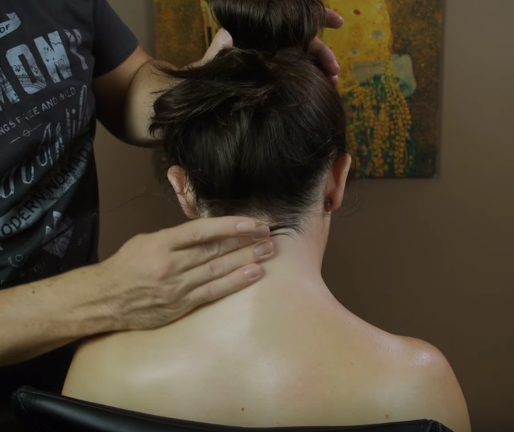 I love my job, working with computers the whole day. In fact, I could sit at my desk for hours and days without feeling bored or tired. However, a big disadvantage of my career is that if I am not careful, I really end up not moving for hours and having a headache or back and neck pain after a long time in my chair. In fact, sometimes it becomes so bad that I couldn’t move much, or it simply hurts too much.
I love my job, working with computers the whole day. In fact, I could sit at my desk for hours and days without feeling bored or tired. However, a big disadvantage of my career is that if I am not careful, I really end up not moving for hours and having a headache or back and neck pain after a long time in my chair. In fact, sometimes it becomes so bad that I couldn’t move much, or it simply hurts too much.
I got to a point when I realized that this is not normal and that I should do something about it. After all, I was not interested in changing careers just because I do not want to have neck pain. I just needed a way to balance it and find a therapy that will help reduce the aching I have when I have to work. In the end, I found my answer in the friendly massage therapist in Mildura.
Of course, I have heard about the benefits of massage on back and neck pain, and this is why I became interested in finding out if it can also help me with my issues. After all, there are not many other medical interventions that can really address stiffness of the neck. It was either going for regular massage as a non-invasive option or taking pain medication. Not only was massage the safer and healthier choice, but having someone using hand motions to relieve tension is more relaxing. At the same time, it brings a lot of advantages to the various systems of the body, including circulatory, musculoskeletal, nervous and lymphatic.
There are actually different types of massage that exist, and of these, the following have been proven to help with neck pain:
- Swedish
This is one of the most common techniques out there, where pressure is applied to the surface muscles. This can help in releasing tension and reducing stress, both of which may make neck pain worse.
- Deep Tissue
This can be done with a Swedish massage, focusing on deeper muscles and at the same time, the connective tissues in these areas. The pressure applied is harder and more intense to release the tension, in the form of those knots or scar tissue causing your neck to hurt.
- Trigger Point Therapy
This method uses steady pressure in order to release muscle spasms in the neck. Moreover, blood flow into this area is improved so that healing begins. The therapist will also look for specific muscle knots or points, working to release them and relieving you of throbbing.
- Shiatsu
This is known to be a Japanese massage where the therapist uses his or her body weight, pressing on acupressure points. He or she will improve the flow of energy, or Ki, in your body through feeling the network of vessels where your energy flows.
What to expect
A quick and full recovery might not happen after one session of massage. After all, some pain is more severe than others. Other factors like age, health, and history might play a part. A few sessions might be enough to get relief. The therapist will recommend how many times you need to come back. You can also learn a few movements to do it at home yourself. However, deep massage should not be done when you are experiencing inflammation in this area. Otherwise, you might end up getting an injury.
Should you continue to experience pain, it might be a sign of something more serious. You should consult a doctor in this case, just in case you happen to have some pinched nerves or other conditions that are causing the ache. He or she might have to conduct some X-rays or MRIs to pinpoint the real cause.
How to prevent future neck pain
Although you can always visit your massage therapist, it is still better to do something to avoid from reoccurring. After all, who wants to really suffer from constant throbbing? Here are some ways to make this happen:
- Maintain good posture
This was the best tip for someone like me, who sits for a long time every day for work. An aligned spinal position is important to maintain whether you are sitting, walking or standing. A support cushion is recommended for your seat. When sleeping, make sure your neck is also properly positioned.
- Exercise regularly
Some stretching and neck-strengthening exercises will decrease aching and prevent re-occurrence.
- Go to a certified massage therapist
Although there are so many spas and treatment centers that offer massage, trust only a certified one. Someone with the proper training can correctly assess what your condition is and choose the right techniques.
If you get to a point when your neck pain is too extreme and chronic, it is the sign that you should seek professional treatment. Thankfully, there are massage therapists who can offer you a way without needing any medication and other invasive methods.








